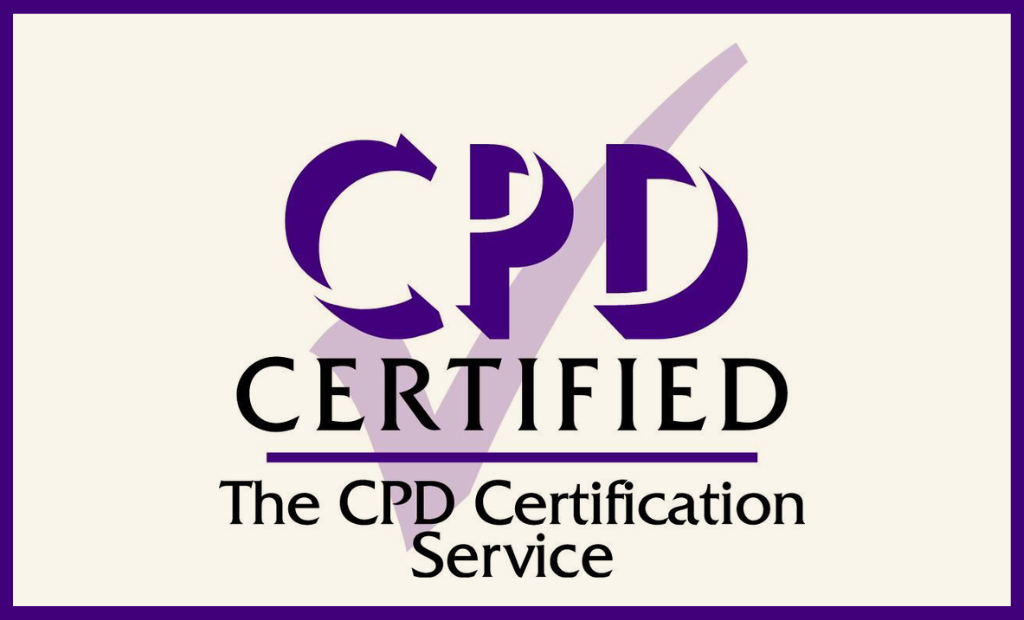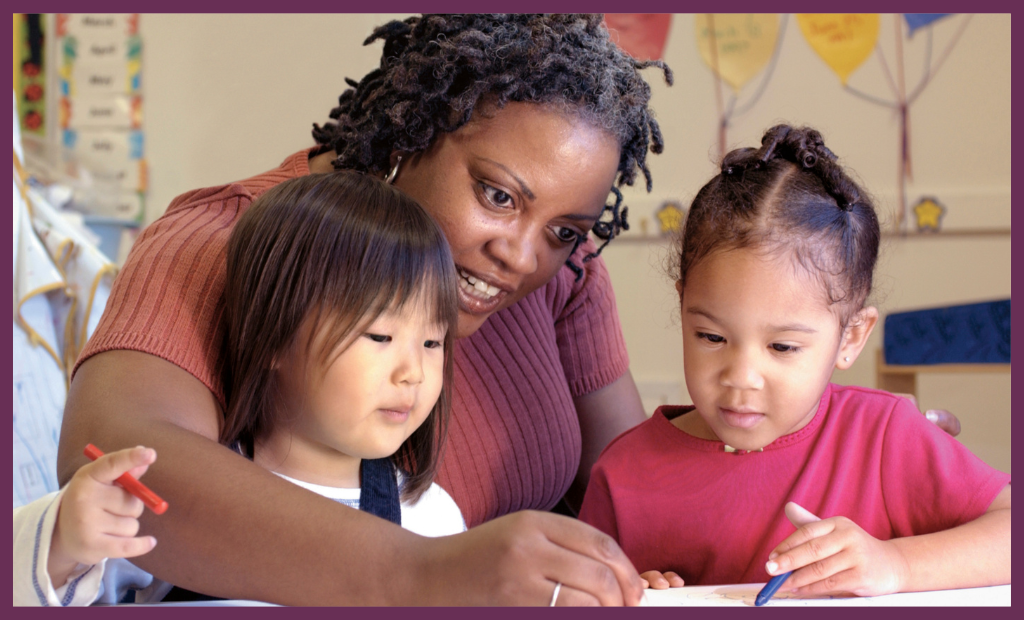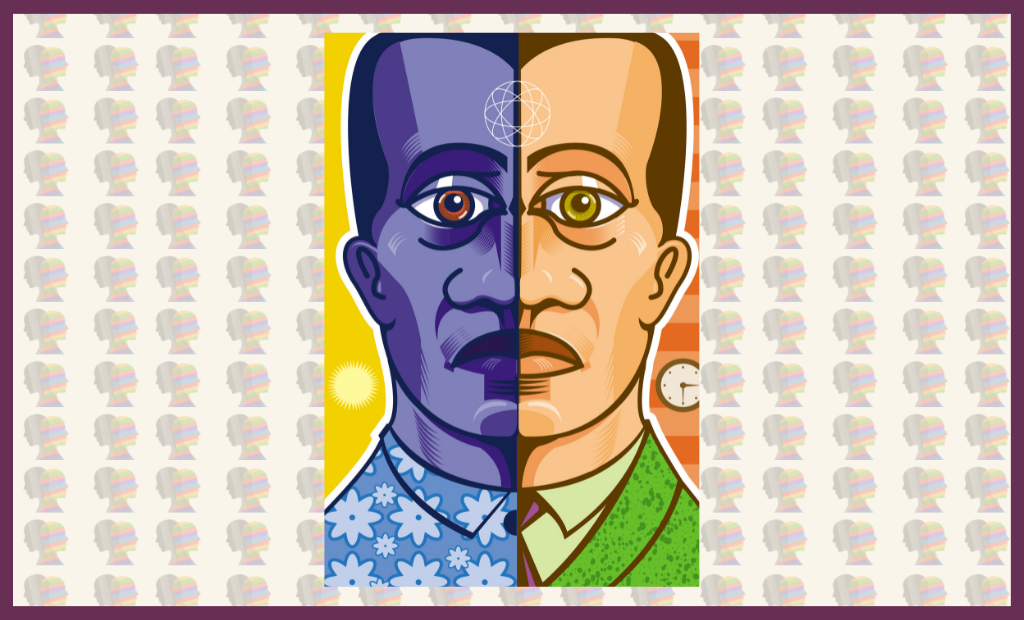Simple Steps to Diversity Awareness: 4 ways our course helps you to develop both professionally and personally
In this blog post we reveal some of the secrets associated with creating an outstanding and vibrant “Oh Yeah! High Five” CPD-accredited course…
…rather than settling for the sort of course that produces the satisfactory shrug of the shoulders and the “meh, it was OK…” type of response….(It’s likely many of us will have sat through that sort of course countless times in our careers! 😉 )
This is the first of a series of blog posts which delve into the question, ‘what makes a Professional Development course a valuable and meaningful experience for those who participate?’.
It’s an important question.
In this first post, we’ll be taking a birds’-eye view of the landscape, whereas in the following posts we’ll aim to become a bit more granular in our descriptions.
As we all know, Continuing Professional Development (CPD) (which is sometimes described as Professional Development (PD)) provides opportunities for professionals to improve all aspects within their sphere of practice, from the beginning to the end of their careers. The training can take many forms – face-to-face, online, seminars, webinars, etc., – and it can last for varying amounts of time.
Within the field of education, the aim of CPD is to improve and increase a particular aspect of each teacher’s teaching ability, one step at a time, whilst the ultimate aim of such training is to improve outcomes in the classroom.
I’d like to add a personal touch here and say, in my mind, it stands to reason that if we are improving outcomes in the ‘classroom’ of our 3-7-year-olds, then by extension, we will also be improving outcomes in the wider world too.
That’s certainly my hope when it comes to developing positive diversity awareness in our youngsters. And that’s why, although our own particular course is primarily aimed at education-professionals caring for 3-7-year-olds, it is not solely for their use.
Our course also caters for parents, carers and any individual interested in increasing not only their own diversity-knowledge and confidence, but also the quality of their interactions, skills and understanding of the young children in their care.
But how can you be sure that this course of ours is a ‘quality’ course?
Read on, and let us tell you how to recognise a quality course in four general ways.
1. Accreditation

The CPD Certification Service has accredited the entire programme which means it has reached the required Continuing Professional Development standards and benchmarks. The learning value has been scrutinised to ensure integrity and quality.
2. Design

These building blocks are at the very core of our training. We have created them by studying what the most effective ways of learning are (according to the most current research on human behaviour), and then using a range of these techniques within the separate modules of the course.
And of course, if you are using building blocks, you will need to provide some scaffolding to support the upward learning process. We certainly have some of that too! (We scaffold the learning so that we progressively, and in simple steps, move our students towards independent thinking and understanding in the world of diversity awareness).
Our building blocks align closely with what the Guidance Report from the Education Endowment Foundation call ‘Mechanisms’.
At an overview level, these mechanisms fall into four categories, and are described as; ‘building knowledge’, ‘motivating teachers’, ‘developing teaching techniques’ and ‘embedding practice’. The Report suggests quality PD requires a balance of all of these within the training programme in order for it to be truly effective. We’re proud to say that our course does have a balance of all of these, and in an upcoming blog we will examine these categories in more detail.
3. Application of newly-discovered skills

That’s why the second of our three foundation-pillars is concerned with relating everything we learn onto our own unique circumstances. (It would be very remiss if a course about diversity – difference – lays expectations upon its students to apply their learning in exactly the same uniform way despite their differing contexts!!). A ‘one-size-fits-all’ approach just doesn’t work. Not to learning. And definitely not to diversity-awareness training!
And that’s also why our third foundation-pillar is concerned with allowing time for reflection: for students to ask themselves, on learning a new piece of information or skill; ‘how can I effectively and successfully apply this to my own environment?’
By keeping our own individual circumstances at front of mind when it comes to learning about, and practising, positive diversity-awareness, we can create a habit of always reflecting on, and then relating our thinking onto our own settings. Once we have embedded that way of thinking within our own skill-set, then we are ready to start creating, applying, and subsequently embedding, successful applications beyond ourselves and extending them to our own environments.
It’s all simple steps, one at a time, towards a better ideal.
4. Time and Money

PD has great potential; but it also comes with costs. We know that teachers engage in professional development activities whilst balancing multiple and, at times, competing commitments and time pressures. The need is clear, therefore, for PD to be well-designed, selected, and implemented so that the investment is justified.
~ Prof. Becky Francis, EEF Guidance report (2021 p.4)
Let’s consider time-scarcity first. How have we accommodated this ‘busy life’ aspect within the course design?
The course is online and it is self-paced. This means that you are free to consume the course content in whatever way it suits you best. You may choose to binge-watch a couple of modules all in one go, or you may like to savour each individual bite-size lesson a mouthful at a time. It is up to you how you incorporate your learning into your own daily patterns. The important thing is that you take the time you need in order to digest the various pieces of information that are coming your way. By doing so, you will truly be engaging with your learning at a high intellectual and psychological level.
The course contains a variety of ways to learn – visual (through reading the slides and watching the video examples), auditory (listening to the lessons either on your computer or through the course App) and physically engaging with the written tasks that need to be completed in the accompanying workbook.
There is a coaching element to the course. Although it is self-paced, we recognise the importance of supporting and encouraging our students through online ‘live’ sessions. There are several of these at points during the course, where we meet together over a coffee to talk through each module and learn from each other. These sessions are such an inspiring and motivating aspect of the course. The sessions are recorded and they are available to our course-participants to watch at a time that suits them best.
Finally, we know how good it feels to be part of a vibrant community. Therefore, we make every effort to ‘chivvy’ our students along on their journey. There are opportunities to post comments, questions and ideas within our own course-community and we ensure it is a safe space to share what at times might be vulnerable and sensitive moments. No comment goes unanswered by the Musicbuds Team! There are competitions, buddy-schemes and more…
So to summarise. We have taken care to offer a course that is as interactive and as accessible to all types of lifestyles as possible. There are no absolute fixed times (within the bounds of the course itself) and the materials are available in a variety of formats.
Let’s move on now to consider what may be the financial implications involved in taking a course such as ours.
We have wanted to create a quality course that provides value for money together with outstanding learning. We believe we have done just that.
We believe we are offering value for both money and time in our course. Not to mention the outstanding levels of learning, fabulous development of skills and tremendous increase in confidence that our course endows on our students. Why not take this learning journey with us?
Professional development may also prove to be a particularly cost-effective strategy when aiming to improve children’s outcomes.
EEF Guidance report (2021 p.4)
Dr Clare Seymour
Clare has spent much of her professional career (over 30 years) in international settings. Part of her Doctoral research involved exploring the often hidden aspects of institutional racism. As a result she has a longstanding interest in, and passion for, promoting positive Diversity.
In addition to school music-teaching, Clare also has over 10 years’ experience working as an international music examiner – an understanding and respect for Diversity is so crucially important in every aspect of her practice.

